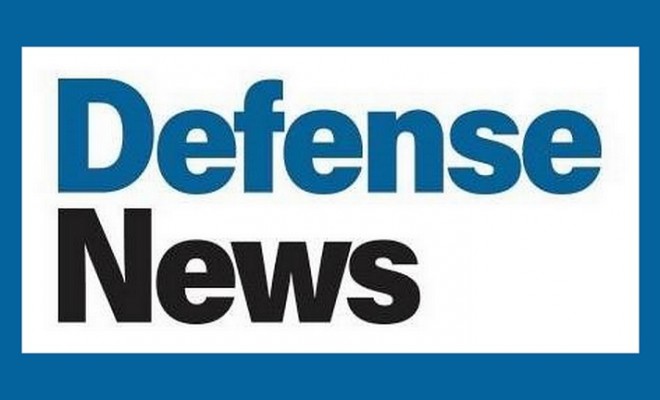
A tale of two future fighters
There’s a tale of two fighters underway in Europe. And countries — and their companies — are choosing sides.
The latest news came during the DSEI expo in London. First, on Sept. 10, the Italian and U.K. governments signed a pledge to cooperate on the Tempest next-generation combat aircraft. A day later, BAE Systems and Leonardo formalized a partnership for development. With Leonardo comes Avio Aero and Elettronica, adding to the team of MBDA and Rolls Royce already on board. Likewise, Italy joins Sweden — the first country to sign onto the Tempest team with the U.K. back in July.
So these countries stand in one corner.
In the other corner is Germany, Spain and France — united in development of yet another next-generation fighter for Europe, the Future Combat Air System. (The program is known in France as SCAF, or Systeme de Combat Aérien Futur.) That trio (thus far) brings the industrial expertise of Airbus and Dassault.
Of course, nobody has said officially that this is an either-or scenario; maybe Europe, decades from now, will end up with two systems of systems as they’re each being presented. But when you consider the expense, as well as the messaging coming out of NATO and the European Union about regional security, it would seem unlikely and counterproductive. While dancing around the topic somewhat, chief executive of the European Defence Agency, Jorge Domecq, did predict some level of convergence: “As always, thinking of the competitiveness of the European defense industry, we have to think of program sustainability.”
Συνέχεια ανάγνωσης εδώ: www.defensenews.com




